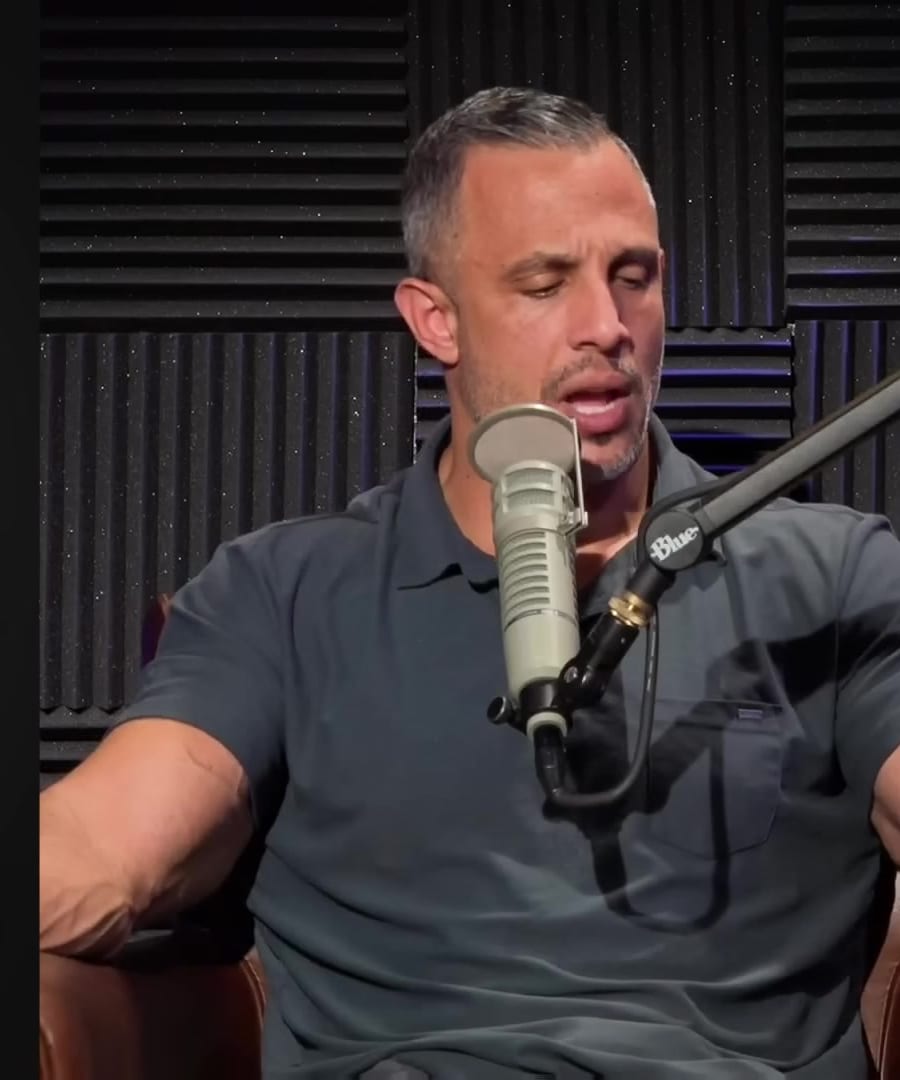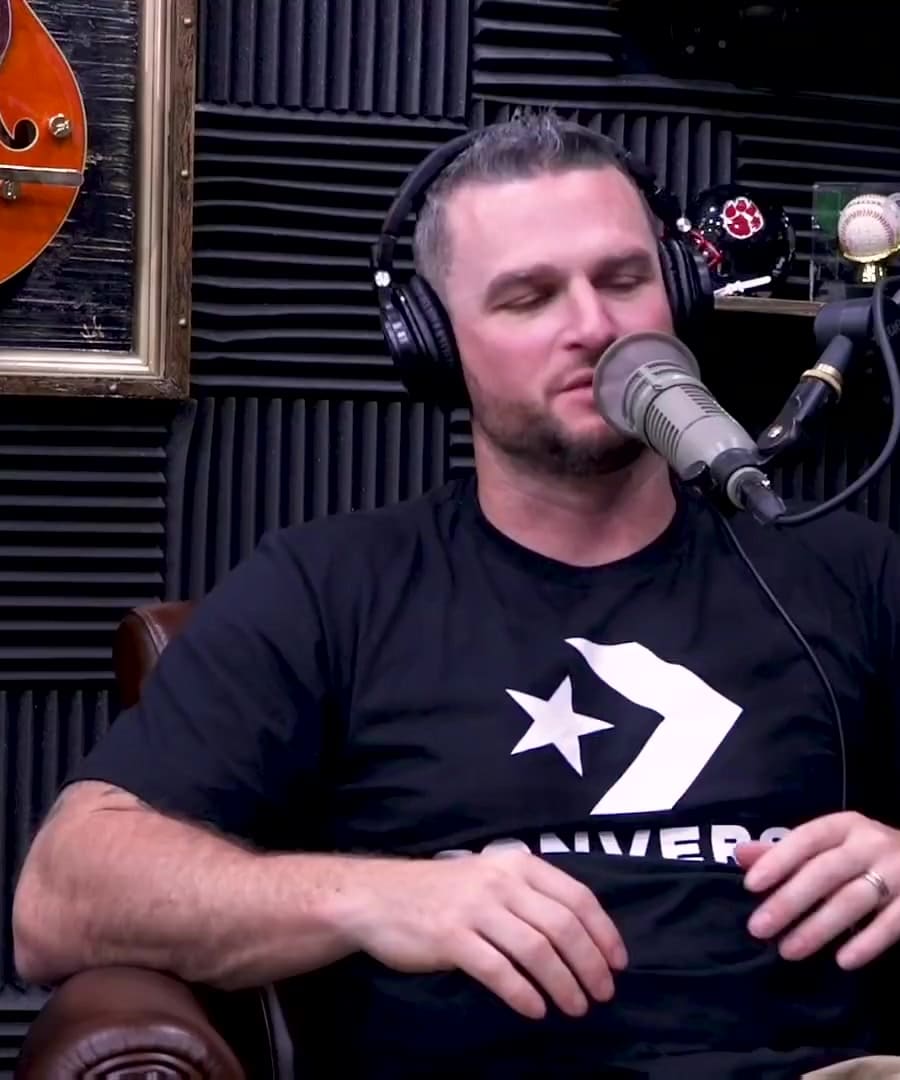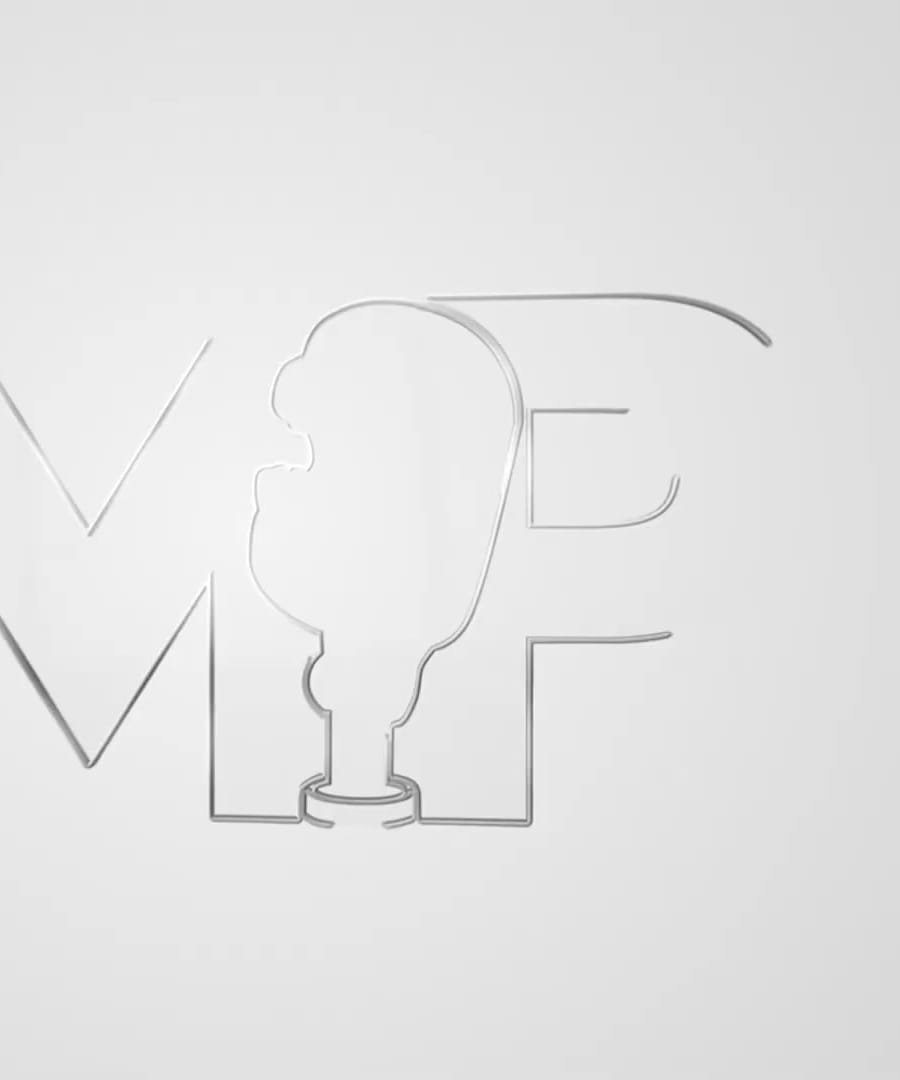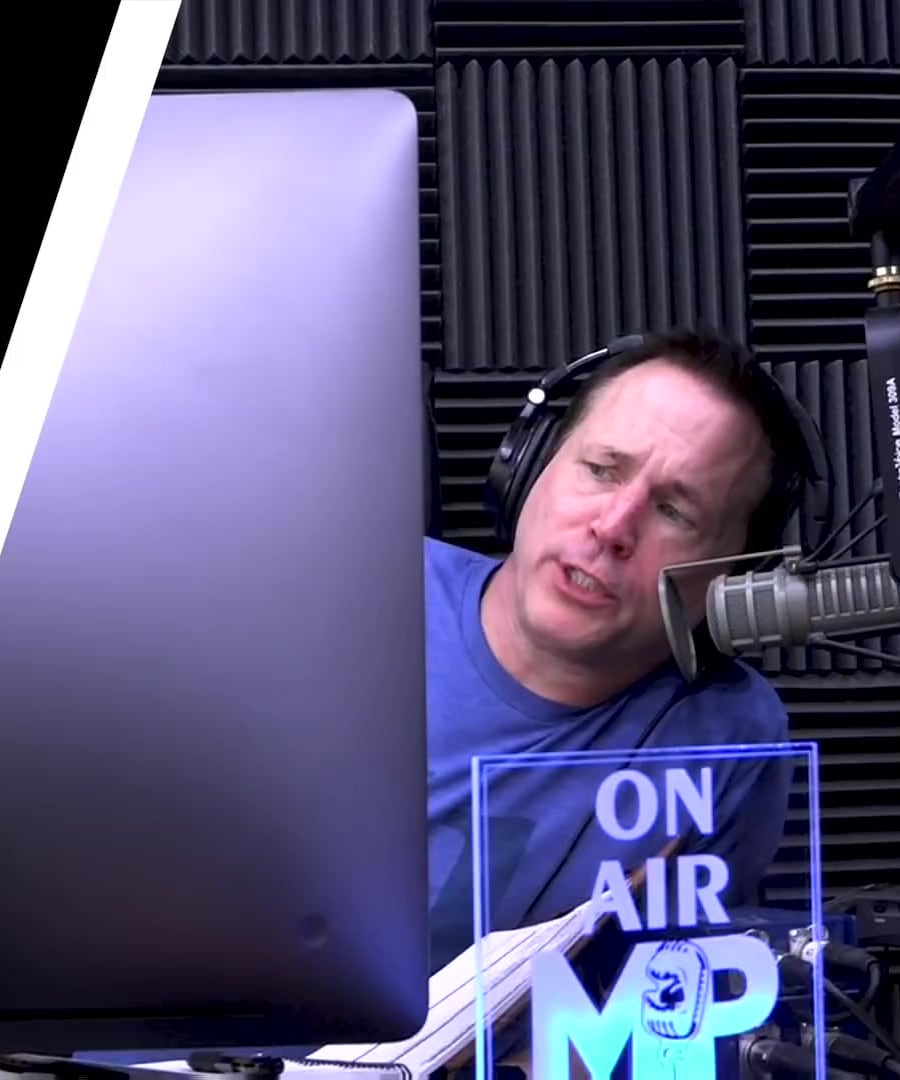Where can I find a list of trigger sessions for anabolic
Sources:
Trigger sessions are described in Mind Pump Podcast as short, light workouts designed to increase blood flow to the muscles without causing significant fatigue. They are typically about 5 to 8 minutes long and involve light exercises such as band workouts. Here’s a summary of what trigger sessions include and their benefits:
- Purpose: To get blood into the muscle, aid in recovery, and maintain a muscle-building signal.
- Frequency: Can be done multiple times a day, especially on non-heavy lifting days.
- Intensity: Low intensity, focusing not on muscle teardown but on promoting movement and maintaining muscle stimulation.
- Benefits: They contribute significantly to muscle growth, strength, and overall recovery. Regular trigger sessions can improve recovery rate and promote more activity throughout the day.
These sessions are a key component of the Mind Pump's MAPS Anabolic program, where their proper implementation can enhance the effectiveness of the workouts by promoting muscle growth and recovery 1 2 3 4.
RELATED QUESTIONSCan you give examples of trigger sessions?
Sources:
Here are some examples of trigger sessions as discussed on the Mind Pump Podcast:
-
Band workouts: Using resistance bands for quick movements that send blood and fluid to the muscles, lasting about 8 to 10 minutes. An example is doing basic band movements such as band pull-aparts or bicep curls.
-
Bodyweight exercises: Light bodyweight movements like push-ups or squats, focusing on low intensity to just get a pump and stimulate the muscles without inducing fatigue 1.
-
Mobility-focused sessions: Incorporating mobility exercises to not only stimulate muscle but also enhance joint health and function. This can include simple stretches or dynamic movements that target general mobility 2.
-
Targeting weak body parts: Using trigger sessions to specifically improve underdeveloped muscle groups by doing light exercises focused on those areas multiple times a week 1.
These sessions are meant to be low-intensity and should not substitute for regular workouts but complement them by enhancing recovery and muscle stimulation.
RELATED QUESTIONS-
Can you give me options for lower body trigger sessions
Sources:
Here are some specific lower body trigger session exercises that can be effectively incorporated into your routine:
-
Single Leg Toe Touches: This exercise involves balancing on one leg and reaching down in a toe-touching motion, which activates the glutes and improves stability. It's excellent for a lower body trigger session as it engages the lower body without the need for heavy weights 1.
-
Single Leg Deadlifts: Performed with body weight, this exercise focuses on stability and glute activation. It's suitable for trigger sessions because it stresses muscle activation and control rather than muscle exhaustion 1.
-
Suspension Trainer Exercises: Utilizing a suspension trainer, you can perform bodyweight exercises like squats or lunges. These tools allow for a range of movements that target the lower body and are versatile enough to adjust the difficulty level 2.
These exercises are designed to be light and focus on muscle activation and stability, which are key for effective trigger sessions.
RELATED QUESTIONS-
Can you give me more options
Sources:
Here are additional lower-body trigger session exercises you can incorporate:
-
Band Squats: Utilizing resistance bands for squats can be beneficial, as they provide constant tension without the heavy load, fostering muscle activation and recovery 1.
-
Leg Extensions: Using light resistance, perform leg extensions to target the quadriceps. This can facilitate recovery and maintain a muscle-building signal, enhancing adaptability 1.
-
Band Walks: Lateral or monster walks with a resistance band around the thighs engage the gluteus medius and improve overall hip stability, which is effective for active recovery sessions 1.
-
Leg Curls: Using a light band, perform leg curls to target the hamstrings. This helps in pumping blood into the muscle, which is useful for recovery and growth signaling 1.
-
Calf Raises: On your off days, doing light intensity calf raises can help maintain muscle tone and assist recovery without overtiring the muscles 2.
Remember that these exercises should be light and focus on stimulating blood flow rather than achieving muscle fatigue, aligning with the purpose of trigger sessions.
RELATED QUESTIONS-









